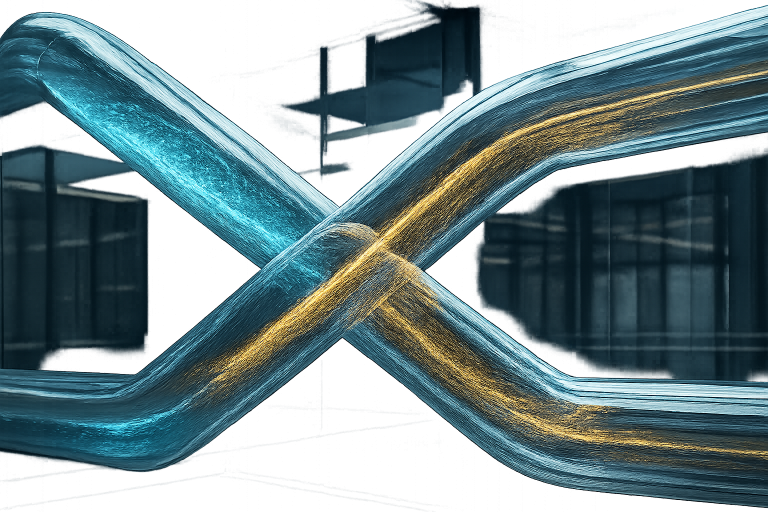What Kamino Lend Teaches Us About Institutional Crypto Lending

DeFi continues to prove there’s genuine demand for lending in digital assets. Kamino’s Lend feature on Solana is one of the clearest examples: a non-custodial, overcollateralized lending platform that allows users to deploy idle assets, earn yield, and borrow with instant settlement. Its automated risk engine continuously recalibrates positions based on liquidity and price data, showing how decentralized protocols can operate with efficiency and transparency.
For crypto-native users, this model makes sense. Smart contracts replace middlemen; collateral is transparent and algorithmically managed. The result is a 24/7 lending market without centralized custody. But speed and openness come with trade-offs. The model assumes users already understand crypto volatility, wallet management, and liquidation mechanics — concepts that don’t align with regulated banking operations.
The takeaway for institutions is clear: the appetite for crypto lending is real, and the infrastructure now exists to prove it at scale. However, proving demand is not the same as proving readiness for compliance. Kamino and similar platforms demonstrate what’s technologically possible — not what’s operationally permissible for credit unions or community banks.
The Institutional Gap

Traditional financial institutions — especially credit unions and community banks — face growing pressure to stay competitive in member services while managing risk within strict regulatory frameworks. They cannot simply plug into DeFi protocols that lack KYC/AML, consumer-protection coverage, or federal insurance oversight.
While DeFi lending is transparent and efficient, it lacks programmable risk controls and auditable governance that institutions depend on. A retail user may accept temporary volatility or liquidation risk; a credit union must demonstrate risk assessment, liquidity thresholds, and borrower vetting procedures that pass supervisory review.
The absence of compliance tooling, insurance, and audit trails forms the institutional gap. Community banks cannot hold or deploy member assets in pools governed solely by smart contracts. They require automated controls that integrate with their existing risk and reporting systems — not a parallel DeFi ecosystem. Bridging this gap means creating a framework that keeps the programmability of DeFi while adding the compliance, governance, and reporting layers of regulated finance.
Where Aetherum.ai Bridges the Gap

This is exactly where Aetherum.ai steps in. Our platform provides the institutional-grade layer that allows credit unions and banks to safely participate in digital-asset lending without abandoning compliance or core-system integration.
Through AI-powered compliance, Aetherum automates KYC/AML screening, monitors wallet activity, and ensures real-time alignment with supervisory expectations. Our programmable loan-to-value (LTV) engine dynamically adjusts collateral thresholds based on asset volatility, while insured lending options protect both institutions and members against unexpected losses. Every transaction is recorded in audit-ready reports, ensuring traceability for both internal risk teams and examiners.
Where Kamino proves there’s demand, Aetherum enables adoption. Institutions gain exposure to the yield potential of digital assets within a framework that meets safety-and-soundness standards. With Aetherum, credit unions and banks can issue tokenized loans, manage digital collateral, and monitor counterparties through Wallet Score — all while maintaining the governance and control their regulators expect.

